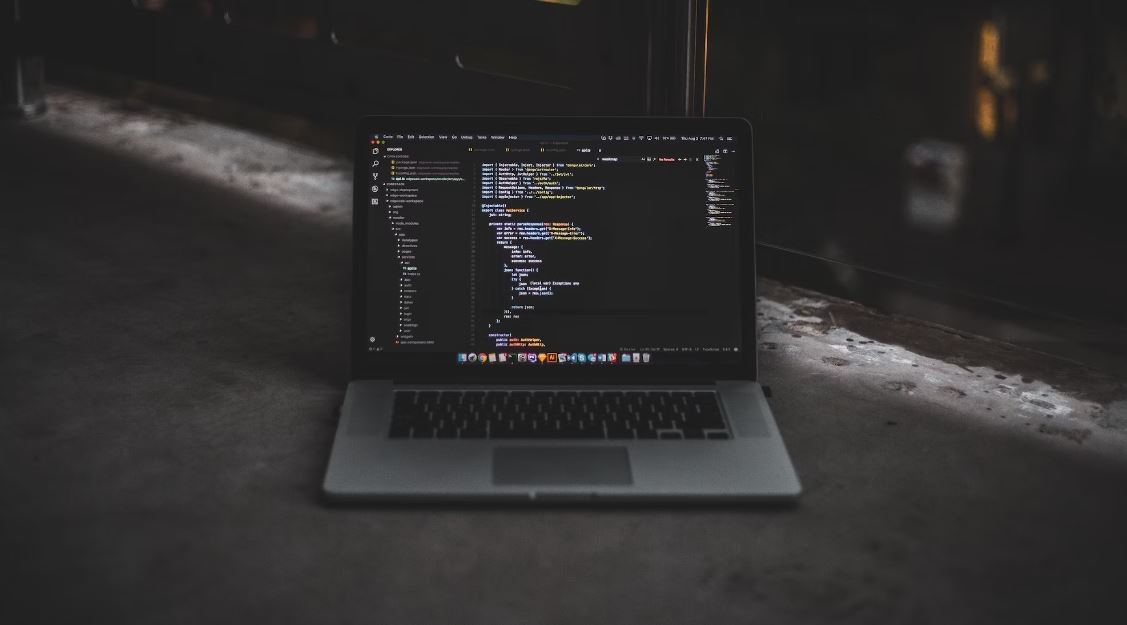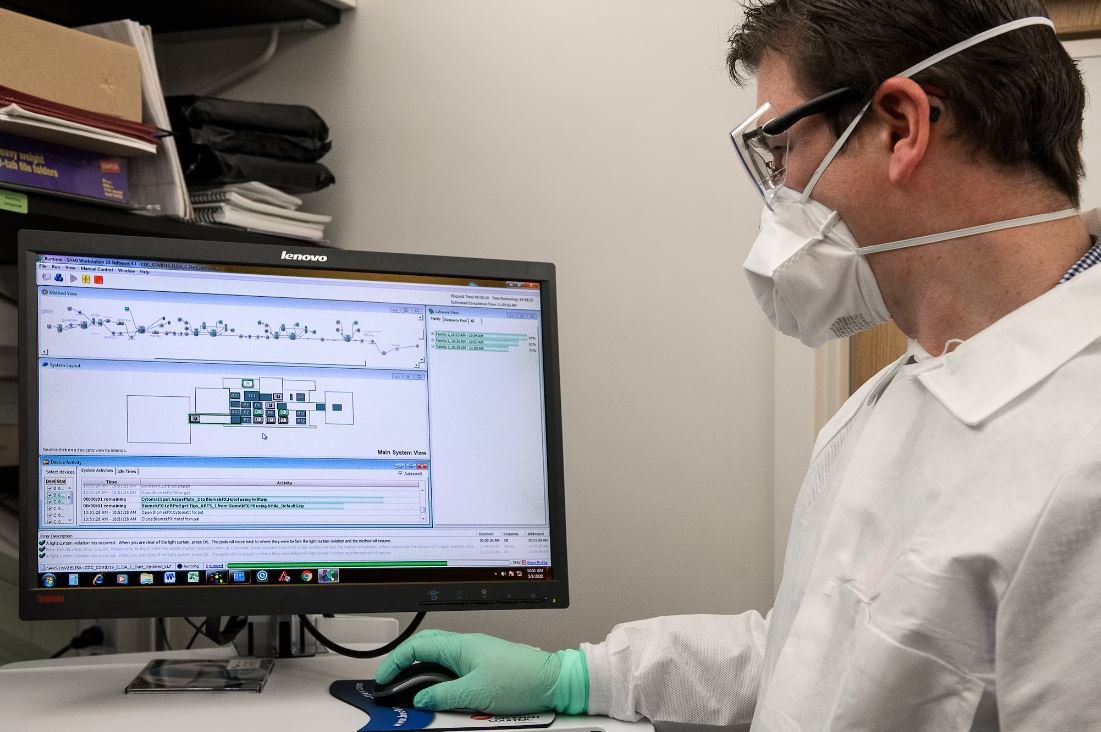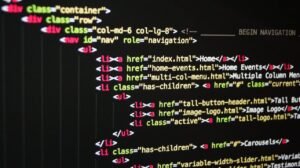How AI Video Works
Artificial Intelligence (AI) has revolutionized many industries, including video production. AI video technology utilizes advanced algorithms and machine learning to analyze and understand video content. This article provides insights into the inner workings of AI video, its applications, and how it is transforming the video production landscape.
Key Takeaways
- AI video technology utilizes algorithms and machine learning to analyze and understand video content.
- AI video has applications in various industries, including marketing, security, and entertainment.
- AI video enhances processes such as video editing, object detection, and content recommendation.
- It enables automated tagging, transcription, and indexing of video content.
Understanding AI Video Technology
AI video technology leverages powerful algorithms to process and make sense of video data. These algorithms rely on machine learning techniques that can identify patterns, objects, and actions in videos. By analyzing visual and audio components, AI video can recognize and interpret content in a way similar to human perception, enabling it to perform complex tasks efficiently.
AI video technology has the ability to “see” and “understand” video content, enabling meaningful analysis and automated decision-making processes.
Applications of AI Video
AI video technology has a wide range of applications across various industries:
- Marketing: AI video helps marketers understand consumer behavior, analyze viewers’ reactions, and personalize video content to increase engagement.
- Security: It can enhance video surveillance systems by accurately identifying and tracking objects or individuals, alerting authorities to potential threats.
- Entertainment: AI video can automate aspects of video production, such as editing, special effects, and virtual reality enhancements.
- E-commerce: AI video enables virtual try-on experiences, allowing customers to see how products look and fit before making a purchase.
AI video technology is transforming industries, offering new opportunities for businesses to optimize processes and improve customer experiences.
How AI Video Enhances Video Production
AI video brings numerous enhancements to the video production workflow:
| Enhancement | Benefit |
|---|---|
| Automated object detection | Efficient identification and tracking of objects and subjects in videos for various applications, such as security and content tagging. |
| Smart video editing | Automated selection and arrangement of video clips based on content analysis and predefined rules, reducing editing time and improving efficiency. |
| Content recommendation | Personalized video recommendations to users based on their preferences and viewing history, improving user engagement and retention. |
These enhancements streamline video production processes, enabling more efficient workflows and improved output quality.
Automating Video Tagging, Transcription, and Indexing
AI video technology enables automated tagging, transcription, and indexing of video content. With AI algorithms, videos can be analyzed and annotated with relevant metadata, making them easily searchable and discoverable.
AI-powered automation reduces manual effort and makes video content more accessible, allowing users to find specific segments quickly.
Summary
AI video technology leverages advanced algorithms and machine learning techniques to analyze and understand video content. It has applications in various industries, enhancing processes like video editing, object detection, and content recommendation. Automated tagging, transcription, and indexing of videos are also made possible through AI. With its numerous benefits and transformative capabilities, AI video is revolutionizing the way videos are produced and consumed.

Common Misconceptions
Misconception 1: AI Video is capable of understanding context
One common misconception about AI video is that it is capable of understanding the context in which it operates. While AI video technologies have advanced significantly in recent years, they are still limited by their ability to understand context. This means that AI video cannot fully understand and interpret the meaning and emotions behind a video, and may sometimes misinterpret or miss important details.
- AI video cannot differentiate between sarcasm and seriousness in videos
- AI video may struggle to interpret videos containing cultural references
- AI video might misinterpret the context of a video without additional human intervention
Misconception 2: AI Video is infallible
Another misconception is that AI video technology is infallible and always accurate. While AI video algorithms are continuously improving, they are not perfect and can still make errors. Factors such as the quality of the input video, lighting conditions, and the complexity of the scene being analyzed can all affect the accuracy of AI video systems.
- AI video can produce false positives or false negatives
- AI video may struggle in low-light or noisy environments
- AI video algorithms can be biased depending on the training data used
Misconception 3: AI Video can replace human involvement completely
There is a misconception that AI video can completely replace human involvement in video analysis. While AI video technology certainly has its advantages in terms of efficiency and scalability, human expertise and judgment are still crucial in many video analysis tasks. Algorithms alone may not be able to fully comprehend complex situations or accurately interpret the intentions behind certain actions captured in a video.
- Human verification is still necessary to ensure accuracy and prevent false accusations
- AI video systems may miss subtle details that humans can pick up on
- Humans can interpret the context and nuances of a video better than AI systems
Misconception 4: AI Video technology can predict the future
Some people mistakenly think that AI video technology has the ability to predict future events based on analyzing videos. While AI algorithms can analyze patterns and make predictions to some extent, they are not clairvoyant. Video analysis is limited to what is captured in the video and cannot predict future outcomes.
- AI video cannot predict future actions of individuals based solely on past video footage
- Video analysis is restricted to what is explicitly shown in the video, without knowing external factors
- AI video cannot foresee events or actions that are not captured in the video
Misconception 5: AI Video technology invades privacy
There is a misconception that AI video technology is invasive and infringes upon privacy rights. While it is true that AI video systems can analyze videos and extract information from them, there are legal and ethical frameworks in place to protect privacy. Responsible usage and data protection measures are essential to ensure that AI video technology respects individuals’ privacy rights.
- Strict regulations and laws governing the collection and usage of video data
- AI video systems can be designed with privacy-enhancing features, such as anonymization
- Transparency about data usage and user consent are important in AI video systems

How AI Video Works
Artificial Intelligence (AI) video technology has revolutionized numerous industries, including entertainment, surveillance, and healthcare. This article explores the remarkable capabilities of AI video systems and delves into the underlying mechanisms that enable them to perform tasks with remarkable precision and efficiency.
Table: Advantages of AI Video Analysis
AI video analysis offers several advantages over traditional methods, enhancing various aspects of business operations. By leveraging cutting-edge algorithms and advanced machine learning techniques, AI video systems can:
| Advantages |
|---|
| Real-time object detection |
| Automated video captioning |
| Facial recognition |
| Anomaly detection |
| Scene understanding |
Table: Applications of AI Video Technology
The application of AI video technology spans across various industries, providing invaluable insights and solutions. Some noteworthy applications include:
| Industry | Application |
|---|---|
| Entertainment | Gesture recognition in gaming |
| Surveillance | Person tracking in security systems |
| Healthcare | Automated analysis of medical imaging |
| Transportation | Autonomous vehicle navigation |
Table: Components of an AI Video System
An AI video system comprises several interconnected components that work harmoniously to process and interpret visual data. These components typically include:
| Component | Description |
|---|---|
| Camera | Captures the visual input |
| Preprocessing Module | Cleans and enhances raw video data |
| Feature Extraction | Identifies relevant patterns and features |
| Machine Learning Model | Learns from data to make predictions |
| Decision-Making Framework | Processes predictions and triggers actions |
Table: Key Challenges in AI Video Analysis
Despite its remarkable capabilities, AI video analysis encounters several challenges that researchers and developers are continuously striving to overcome. These challenges include:
| Challenges |
|---|
| Volume and complexity of data |
| Privacy concerns |
| Computational requirements |
| Noise and environmental factors |
Table: Machine Learning Algorithms in AI Video
The backbone of AI video technology lies in the implementation of machine learning algorithms. Some common ones used in AI video analysis are:
| Algorithm | Purpose |
|---|---|
| Convolutional Neural Networks (CNN) | Object recognition and classification |
| Recurrent Neural Networks (RNN) | Sequential data analysis, e.g., video captioning |
| Support Vector Machines (SVM) | Supervised learning for video categorization |
| Generative Adversarial Networks (GAN) | Creation of synthetic video content |
Table: Impact of AI Video in Entertainment
The entertainment industry has been revolutionized by AI video, opening up new avenues for creativity and engagement. Notable impacts include:
| Impact |
|---|
| Advanced computer-generated visual effects |
| Improved digital character animation |
| Interactive augmented and virtual reality experiences |
| Automated sports analytics |
Table: AI Video in Healthcare
AI video systems have immense potential to transform healthcare practices, enabling enhanced diagnosis and patient care. Key applications include:
| Application |
|---|
| Automated analysis of medical scans |
| Gait analysis for injury prevention |
| Motion detection for fall detection in elderly care |
| Monitoring vital signs through video analysis |
In summary, AI video technology brings unprecedented capabilities to numerous industries, enabling tasks such as real-time object detection, automated analysis, and enhanced decision-making. By harnessing the power of machine learning algorithms and sophisticated methodologies, AI video systems continue to push the boundaries of what is possible in visual data understanding and utilization.
Frequently Asked Questions
How does AI Video work?
AI Video refers to the use of artificial intelligence techniques for analyzing and processing video data. This technology enables machines to understand and interpret visual content, unlocking various applications such as object detection, video understanding, and video summarization.
What are some common applications of AI Video?
AI Video has numerous applications, including video surveillance, autonomous driving, video content analysis, video recommendations, video search, and video editing. These technologies enhance our ability to extract valuable information from videos and automate various tasks.
How does AI Video enable video surveillance?
AI Video allows for advanced surveillance by automatically analyzing video streams and identifying objects, activities, and anomalies in real-time. By leveraging computer vision algorithms and machine learning models, it enables intelligent monitoring and improved security.
What techniques are used in AI Video for object detection?
Object detection in AI Video typically involves combining convolutional neural networks (CNNs) with techniques like region proposal networks (RPNs) or anchor-based methods. These algorithms help in accurately locating and classifying objects within a video frame.
What is video understanding in AI Video?
Video understanding refers to the ability of AI algorithms to analyze and comprehend the content and context of a video. This includes tasks such as action recognition, activity prediction, and scene understanding, which enable machines to understand and interpret visual information.
How does AI Video assist in autonomous driving?
AI Video plays a vital role in autonomous driving by enabling vehicles to perceive and interpret their surroundings. Through the use of computer vision and deep learning algorithms, AI systems can detect and track objects, recognize traffic signs, and analyze road conditions, contributing to safe and efficient autonomous navigation.
How does AI Video improve video content analysis?
AI Video enhances video content analysis by automating the extraction of valuable information from videos. It can analyze and classify video content based on object presence, scene recognition, sentiment analysis, and other features. This enables efficient video indexing, content recommendation, and personalized video experiences.
How does AI Video enable video recommendation systems?
AI Video powers video recommendation systems by analyzing user preferences and video content to provide personalized recommendations. By understanding user behavior, AI algorithms can match videos with similar attributes, increasing user engagement and satisfaction.
Can AI Video be used for video search?
Yes, AI Video can be utilized for video search applications. By analyzing visual features and using machine learning techniques, it becomes possible to search for video content based on specific objects, scenes, or even text within a video. This enables more efficient and accurate video retrieval.
How does AI Video contribute to video editing?
AI Video simplifies video editing processes by automating tasks such as scene segmentation, object removal, video summarization, and video enhancement. Through the application of deep learning and computer vision algorithms, it enables faster and more efficient editing workflows.




